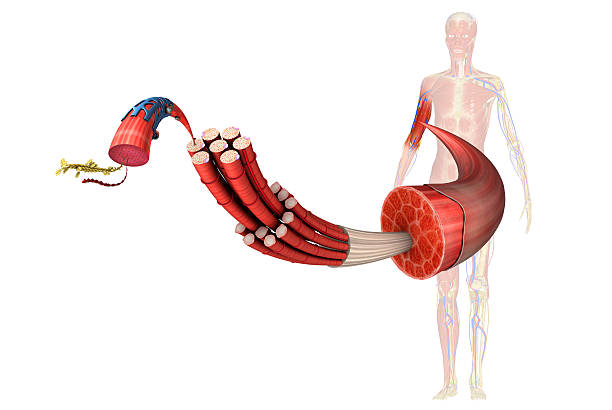Myopathy

Myopathy is a general term referring to any disease that affects the muscles that control voluntary movement in the body. Patients experience muscle weakness due to a dysfunction of the muscle fibers. Some myopathies are genetic and can be passed from parent to child. Others are acquired later in life and can be due to autoimmune disease, known as myositis, metabolic disorders or other causes. Myopathies are a group of disorders that are characterized by a primary structural or functional impairment of the skeletal muscle. These diseases usually affect muscles without involving the nervous system, thus resulting in muscular weakness. The latter represents one of the most common complaints among patients presenting to family physicians or neurology specialists. Nevertheless, fatigue, exercise intolerance, and myalgias can also occur in a plethora of non-myopathic conditions. Therefore, a comprehensive evaluation of each patient should include a thorough examination and a combination of adequate laboratory, radiologic, electrodiagnostic, and pathologic studies.
Symptoms
There are several different types of genetic myopathies, most of which have similar symptoms. These include:
- Muscle weakness
- Motor delay
- Respiratory impairment
- Bulbar muscle dysfunction (malfunction of the muscles responsible for swallowing and speech)
Myopathies can manifest with either “negative” or “positive” symptoms. Negative symptoms include muscle weakness, exercise intolerance, and fatigue, whereas the positive symptoms usually encompass cramps and myalgias with occasional contractures, as well as myotonia, and myoglobinuria.
Weakness is the most common and most reliable clinical indicator of myopathy. The affected individuals can experience difficulty performing tasks that require the use of proximal muscles, such as getting up from a chair, lifting objects, or climbing steps. Distal weakness is less common, although it can be the most prominent symptom in certain types of myopathies such as inclusion body myositis, myotonic dystrophy, and genetic distal myopathies.
